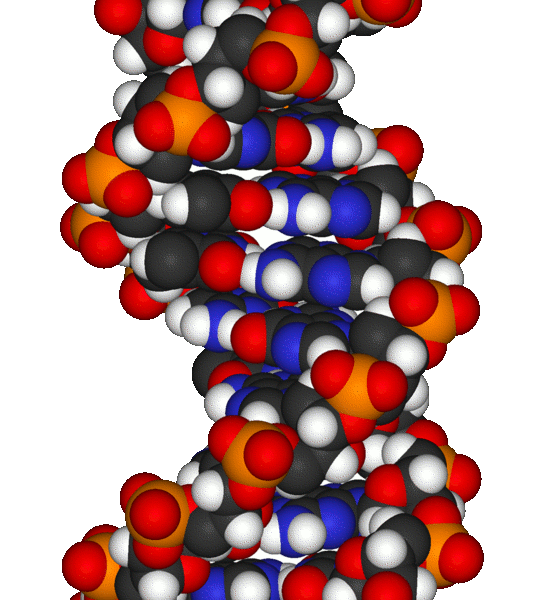According to the tabloid papers, cancer is caused by anything from toothpaste to telegraph poles. But in fact it's due to gene faults - variations in key genes that we inherit from our parents, along with random mistakes that crop up over a lifetime.
 Writing in the journal Cell this week, scientists have used a combination of new technologies to find 13 new genes involved in liver cancer - twelve of which had never been linked to cancer before. The genes are all tumour suppressors, which normally act as "brakes" on cell division. If they are faulty, then cells can multiply out of control, leading to cancer.
Writing in the journal Cell this week, scientists have used a combination of new technologies to find 13 new genes involved in liver cancer - twelve of which had never been linked to cancer before. The genes are all tumour suppressors, which normally act as "brakes" on cell division. If they are faulty, then cells can multiply out of control, leading to cancer.
But the problem with hunting for genetic faults in cancers is that they're a bit of a mess, genetically speaking. It can be very difficult to find the crucial gene faults in amongst the noise.
In the new study, the researchers first identified genes that cropped up again and again as being missing in 100 human liver cancers. The idea was that these missing genes were likely to be tumour suppressors. That turned up 362 potentially interesting genes.
They then identified mouse versions of 301 of those human genes and used a technique called RNA interference to silence them one at a time in liver cells. Then the modified cells were put back into mice.
The mice they studied already had genetic changes known to occur in liver cancer but that aren't enough on their own to produce the disease. The idea was to see which of the genes lost in human cancers could push those mice over the edge and into developing cancer.
This approach turned up 13 genes that actually led to cancer when faulty, out of the original 300. these can now be followed up in the lab, to see how they contribute to the development of the disease. They could also pave the way for new treatments for liver cancer, which has a relatively low survival rate, by finding a way to replace the activity of the missing tumour suppressors.
- Previous Allergy injections?
- Next The world’s smallest solar panels










Comments
Add a comment